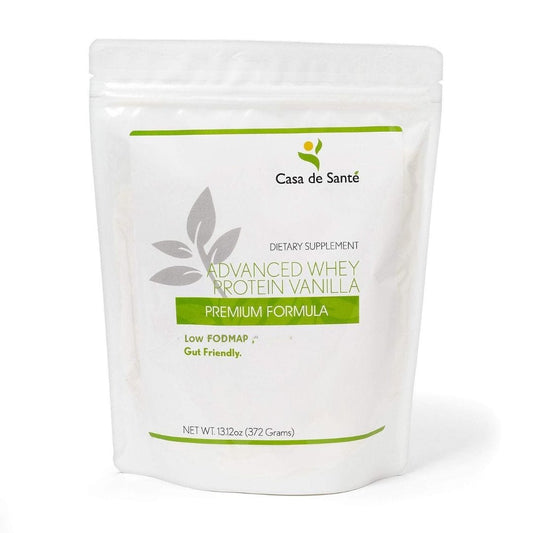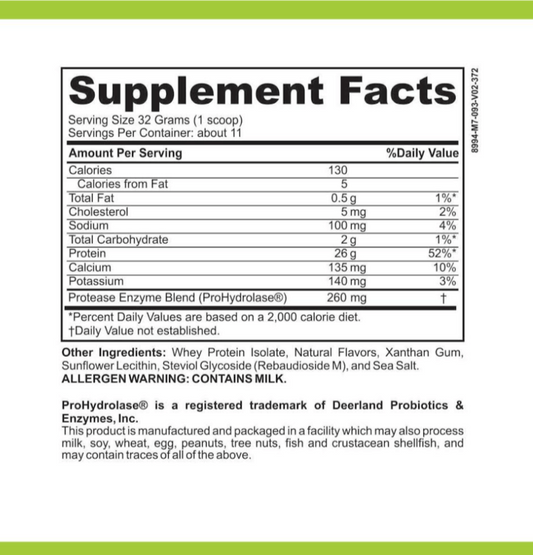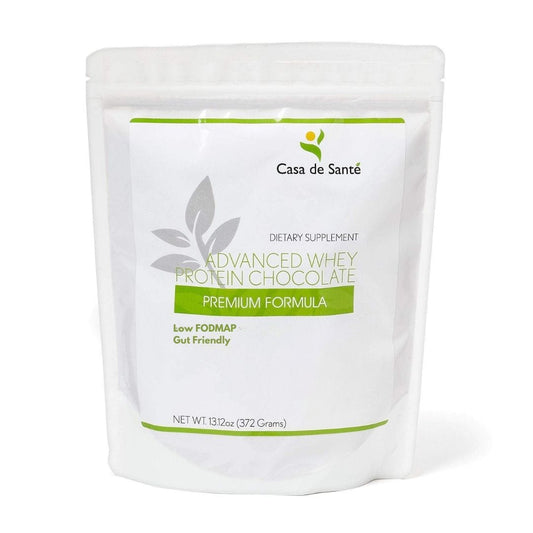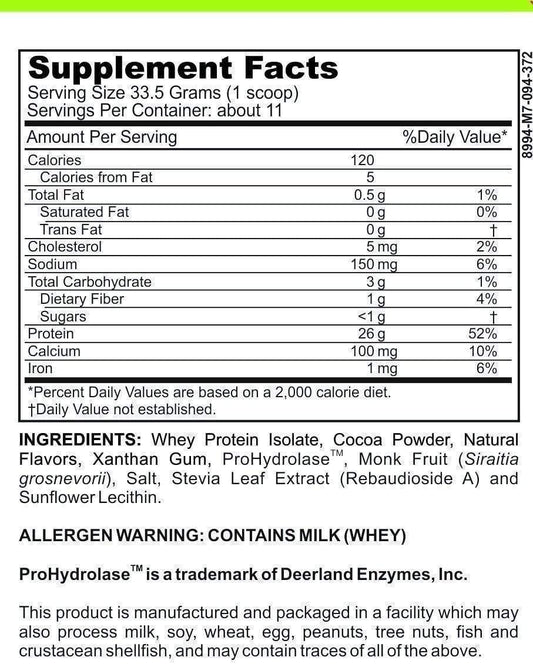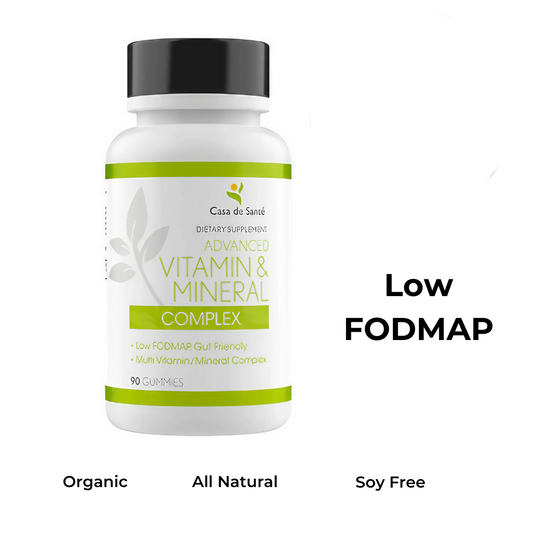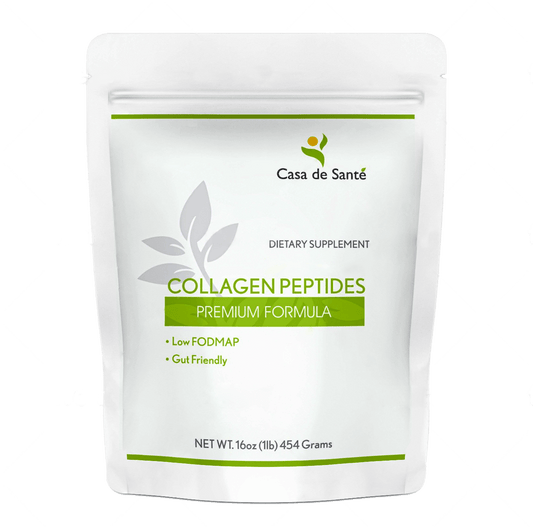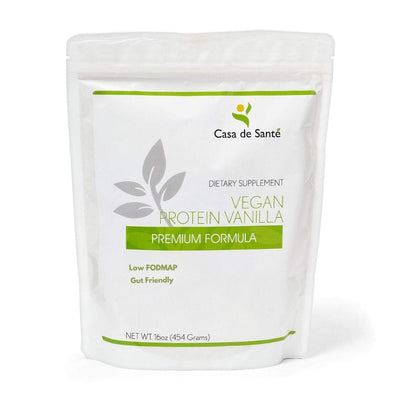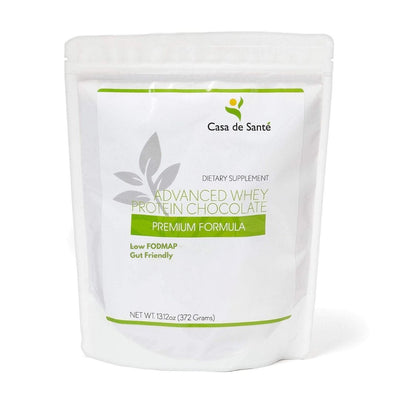Whole30 Diet vs SIBO Diet
Whole30 Diet vs SIBO Diet
The world of diets can be overwhelming, with so many options and conflicting information. Two diets gaining popularity are the Whole30 Diet and SIBO Diet. Both claim to improve health and aid in weight loss, but they have different approaches and goals. Let's take a closer look at each diet and compare them.
What is the Whole30 Diet?
The Whole30 Diet is a restrictive plan that focuses on whole, nutrient-dense foods while eliminating processed foods, added sugars, grains, legumes, and dairy. The goal is to reset your body by giving it a break from foods that are commonly problematic and then reintroducing them after the 30 days to see how your body reacts. The Whole30 Diet can improve digestion, energy, and overall wellbeing.
During the 30 days of the Whole30 Diet, it is important to read food labels carefully and avoid any ingredients that are not compliant with the plan. This can be challenging, as many packaged foods contain added sugars, preservatives, and other additives that are not allowed. However, there are many resources available, including cookbooks and online communities, that can provide support and guidance for following the plan successfully.
What is the SIBO Diet?
The SIBO diet stands for Small Intestinal Bacterial Overgrowth. SIBO is an overgrowth of bacteria in the small intestine that can cause various digestive symptoms, including bloating, gas, diarrhea, and constipation. The SIBO diet aims to limit the types of carbohydrates that feed bacteria and can cause these symptoms. The diet incorporates low FODMAP foods to reduce intestinal bacteria growth, ultimately aiding digestion.
There are several phases of the SIBO diet, including the elimination phase, where high FODMAP foods are removed from the diet, and the reintroduction phase, where these foods are gradually reintroduced to determine which ones trigger symptoms. The diet also emphasizes the consumption of probiotic-rich foods, such as fermented vegetables and kefir, to promote healthy gut bacteria.
It is important to note that the SIBO diet should be followed under the guidance of a healthcare professional, as it can be difficult to follow and may require additional supplementation to ensure proper nutrient intake. Additionally, the diet may not be effective for everyone with SIBO, and other treatment options, such as antibiotics, may be necessary.
The similarities between Whole30 and SIBO Diet
Both diets focus on whole foods and eliminating processed foods for better health. Additionally, both diets aim to improve gut health and aid in digestion by eliminating specific foods.
Another similarity between Whole30 and SIBO Diet is that they both require a period of strict adherence to the diet before reintroducing eliminated foods. This is to help identify any food sensitivities or intolerances that may be causing digestive issues. Both diets also encourage the consumption of nutrient-dense foods such as vegetables, fruits, and lean proteins.
The differences between Whole30 and SIBO Diet
The Whole30 Diet eliminates grains, legumes, dairy, and added sugars for thirty days, while the SIBO Diet focuses mainly on reducing certain carbohydrates as part of a longer-term plan. Additionally, the SIBO Diet addresses bacterial overgrowth directly, which is not a focus of the Whole30 Diet.
Another key difference between the two diets is their approach to alcohol. The Whole30 Diet strictly prohibits any alcohol consumption, while the SIBO Diet allows for moderate alcohol intake in the form of certain spirits, such as vodka or gin, mixed with low-FODMAP mixers.
Furthermore, the Whole30 Diet is designed to be a short-term reset for the body, while the SIBO Diet is a long-term management plan for those with small intestinal bacterial overgrowth. The SIBO Diet involves a phased approach, starting with a strict elimination phase and gradually reintroducing certain foods to identify triggers and create a sustainable diet plan.
Which diet is better for weight loss?
Both diets can aid in weight loss, as they encourage the consumption of nutrient-dense, low-calorie foods. However, there is no conclusive evidence to determine which diet is superior for weight loss.
Which diet is better for digestive issues?
The SIBO Diet may be more effective for those with digestive issues. By focusing on limiting certain carbohydrates, it can significantly reduce bacterial overgrowth and resulting symptoms. Still, studies have shown that the Whole30 Diet can also improve gut health and may alleviate digestive issues.
It is important to note that every individual's digestive system is unique, and what works for one person may not work for another. It is recommended to consult with a healthcare professional or registered dietitian before starting any new diet.
In addition to diet, lifestyle factors such as stress management and regular exercise can also play a role in improving digestive health. Incorporating stress-reducing activities such as yoga or meditation, and engaging in regular physical activity, can help promote healthy digestion and reduce symptoms of digestive issues.
Which diet is more sustainable in the long run?
The Whole30 Diet may be more sustainable in the long run as it allows for reintroducing some excluded foods in moderation. It can also be easier to stick to the Whole30 Diet since it is a 30-day plan, and after that, there is flexibility in food choices. The SIBO Diet is more restrictive, and it may be challenging to stick to long-term.
However, it is important to note that the sustainability of a diet depends on individual preferences and needs. Some people may find the SIBO Diet more sustainable if it effectively manages their symptoms and improves their quality of life. Additionally, incorporating a variety of nutrient-dense foods and finding a balance that works for you is key to maintaining a sustainable and healthy diet in the long run.
How to follow the Whole30 Diet
To follow the Whole30 Diet, you need to eliminate all grains, legumes, dairy, added sugars, and processed foods from your diet for thirty days. Instead, you should focus on consuming whole, nutrient-dense foods, including vegetables, fruits, meat, fish, nuts, and seeds. After the thirty days, you can slowly reintroduce the avoided foods to see how your body reacts.
It is important to note that the Whole30 Diet is not intended to be a long-term solution, but rather a short-term reset for your body. It can be a helpful tool for identifying food sensitivities and improving overall health. However, it is recommended to work with a healthcare professional or registered dietitian to ensure that you are meeting your nutritional needs while following this diet.
How to follow the SIBO Diet
To follow the SIBO Diet, you need to limit carbohydrates from different sugar families, specifically fructose, lactose, and fructans. It's recommended to stick to low FODMAP foods, avoiding high levels of fiber and other specific carbohydrates that ferment in the small intestine. Reducing sugar and eating low FODMAP foods is key to managing SIBO symptoms.
In addition to limiting carbohydrates, it's important to eat smaller, more frequent meals throughout the day to help ease digestion and reduce symptoms. It's also recommended to avoid processed foods, caffeine, and alcohol, as they can irritate the digestive system. Drinking plenty of water and staying hydrated can also help with digestion and overall gut health.
What foods are allowed on the Whole30 Diet?
The Whole30 Diet allows consuming vegetables, fruits, meat, fish, nuts, seeds, healthy oils, and fats.
In addition to the foods mentioned above, the Whole30 Diet also allows consuming certain types of dairy products such as ghee and clarified butter. However, it is important to note that dairy products should be consumed in moderation and only if they do not cause any adverse reactions.
Furthermore, the Whole30 Diet encourages the consumption of fermented foods such as kimchi, sauerkraut, and kombucha. These foods are rich in probiotics and can help improve gut health and boost the immune system.
What foods are allowed on the SIBO Diet?
The SIBO Diet allows for protein from meat, fish, and poultry, non-starchy vegetables like romaine, broccoli, zucchini, and cucumber, and low FODMAP fruits like blueberries and strawberries, and some nuts.
In addition to these foods, the SIBO Diet also allows for certain grains like quinoa, rice, and oats, as well as lactose-free dairy products like hard cheeses and butter. It is important to note that the SIBO Diet is not a one-size-fits-all approach and may need to be customized based on individual needs and tolerances.
What foods should be avoided on both diets?
Both diets eliminate processed foods, added sugars, and inflammatory foods. The Whole30 Diet also eliminates grains, legumes, and dairy, while the SIBO Diet focuses on reducing certain carbohydrates, including grains and dairy.
It is important to note that both diets also recommend avoiding alcohol and caffeine. These substances can irritate the digestive system and contribute to inflammation in the body. Instead, both diets encourage drinking plenty of water and herbal teas to stay hydrated and support digestion.
Can you combine aspects of both diets for optimal health benefits?
Although it is possible to combine aspects of both diets, it is crucial to consult with a registered dietitian before making any changes. Since both diets are restrictive, it's essential to ensure you're meeting all your nutritional needs.
Combining aspects of both diets can provide a wider range of food options and potentially lead to optimal health benefits. For example, incorporating more plant-based foods into a keto diet can increase fiber intake and improve gut health. Similarly, adding healthy fats like avocado and nuts to a vegan diet can help increase satiety and provide essential nutrients like omega-3 fatty acids. However, it's important to carefully plan and monitor your food intake to ensure you're still meeting all your nutritional needs.
Personal experiences and success stories from following these diets
Many people have reported successful weight loss and improved digestive symptoms while following either the Whole30 Diet or SIBO Diet. However, it's important to note that everyone's body is different, and the results can vary.
One individual who followed the Whole30 Diet reported a significant decrease in their chronic joint pain, which they had been experiencing for years. Another person who followed the SIBO Diet reported a decrease in their bloating and abdominal discomfort after just a few days of following the diet. These personal experiences highlight the potential benefits of these diets for individuals with specific health concerns.
Conclusion
In conclusion, although the Whole30 Diet and SIBO Diet share some similarities, they have different approaches to achieve improved health. The Whole30 Diet is more nutrition-based, and SIBO diet is more symptom-based. Both can help with weight loss and digestive issues, but they should be used with caution, and a professional should be consulted beforehand. Ultimately, the best diet for an individual depends on their specific goals, dietary needs, and personal preferences.
It is important to note that while diets can be helpful in achieving health goals, they are not a one-size-fits-all solution. It is essential to listen to your body and make adjustments as needed. Additionally, incorporating regular exercise and stress management techniques can also contribute to overall health and well-being. Remember, a healthy lifestyle is a journey, not a destination.







